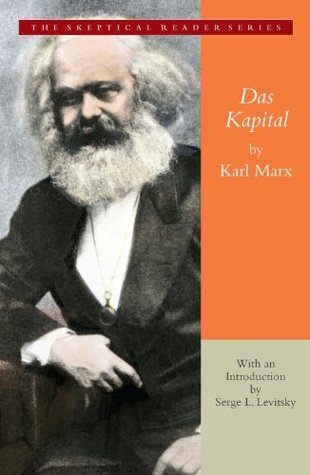More on this book
Community
Kindle Notes & Highlights
Marx’s method was not that of observation and scientific deduction. It was rather that of an a priori conceptual scheme, supplemented by a wealth of documentary material selected to fit the main tenets of the scheme.
Ghetto Savant liked this
Thus production, for Marx, is always a social activity, not an individual one. Marx pictures a social class (the “workers” or proletariat) which is capable of, and does, produce more wealth (“value”) than it actually enjoys, and another class (the “bourgeoisie” or the “capitalists”) which appropriates the residue (“surplus value”) by virtue of its possession of the means of production
Ghetto Savant liked this
According to Marx, the wage does not correspond to the value created by the worker, but is lower. For while the wage (i.e., the market value of labor) is equivalent to the minimum sum necessary to keep the worker in a state enabling him to continue to produce (subsistence wage), the worker is capable of producing more than what he needs for his subsistence.
Ghetto Savant liked this
The ensuing losses in the capitalist’s profits are offset by him by intensifying the exploitation of labor (i.e., by forcing the workers to produce more unpaid-for surplus value).
Ghetto Savant liked this
Competition, in Marx’s analysis, gradually leads to the concentration of accumulated capital in fewer and fewer hands, since the largest, and therefore the most efficient, of the competing groups are bound to absorb and eliminate the smaller ones. The owners of most smaller businesses are reduced to the status of proletarians.
Exploitation is not a scientific phenomenon but one of the moral order.
A commodity is, in the first place, an object outside us, a thing that by its properties satisfies human wants of some sort or another.
But the exchange of commodities is evidently an act characterized by a total abstraction from use-value.
A use-value, or useful article, therefore, has value only because human labor in the abstract has been embodied or materialized in it. How, then, is the magnitude of this value to be measured? Plainly, by the quantity of the value-creating substance, the labor, contained in the article. The quantity of labor, however, is measured by its duration, and labor-time in its turn finds its standard in weeks, days, and hours.
In reality, the laborer belongs to capital before he has sold himself to capital.


